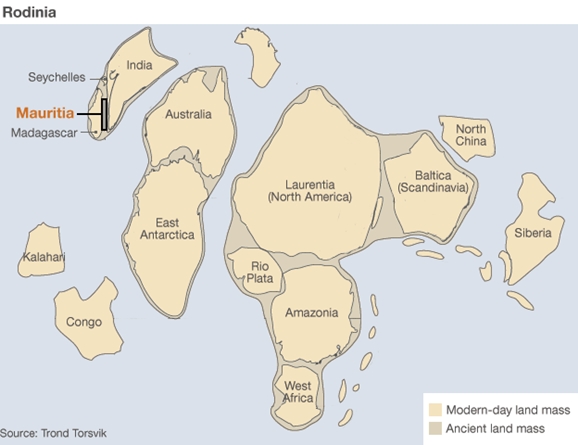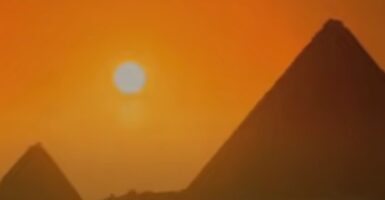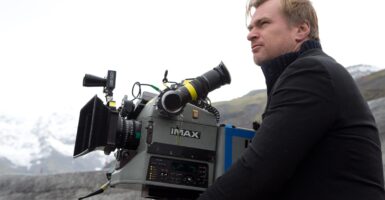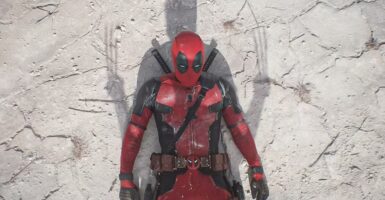Ancient Continent May Lie Beneath The Indian Ocean
This article is more than 2 years old
Hello, and welcome to this week’s meeting for the Ancient Continents Council. I hope everyone had a great weekend. Amazonia, would you like to read the minutes from last week’s meeting? Wait a minute, who’s that in the back? Is that you, Atlantis? Get the hell out of here! You know we don’t take fake continents in here. Mauritia, kindly escort his sorry ass out of here.
Are you familiar with the micro-continent Mauritia? Probably not, as a Nature Geoscience study only recently let anyone know it was there. At least 750 million years ago, when the supercontinent Rodinia ruled the lands, Mauritia would have existed as a thin strip of land locking India and Madagascar together. Weird, isn’t it, considering they’re currently about 3,500 miles apart? It’s assumed that, around 85 million years ago, when the continents started pulling apart from one another, the fragmented lands of Mauritia fell deep into the ocean. Shouldn’t have taken that left turn at Albuquerque.

The study’s lead author, Professor Bjørn Jamtveit, geologist at the University of Oslo, Norway, and his colleagues discovered “zircon xenocrysts,” a fancy word for “sand particles,” scattered around the beaches of the volcanic island of Mauritius, off the coast of Madagascar. While most of the grains could be sourced to a volcanic eruption around nine million years ago, the sand contained particles dating back 600 million to 1.9 billion years ago. With this as evidence of an older land’s presence, Professor Trond Torsvik thinks that the ocean will hold all the answers.
Torsvik told the BBC:
At the moment the Seychelles is a piece of granite, or continental crust, which is sitting practically in the middle of the Indian Ocean. But once upon a time, it was sitting north of Madagascar. And what we are saying is that maybe this was much bigger, and there are many of these continental fragments that are spread around in the ocean.
If you can imagine, searching the landmass beneath Mauritius will take more than just a pair of goggles and an underwater camera. This is a time-intensive project that will probably require seismic measurements and lots of digging. This is a job for James Cameron.












